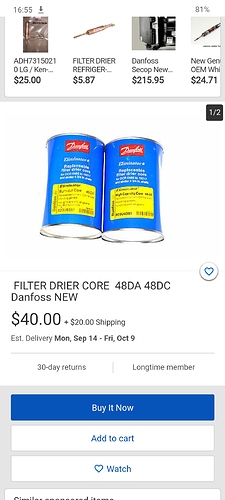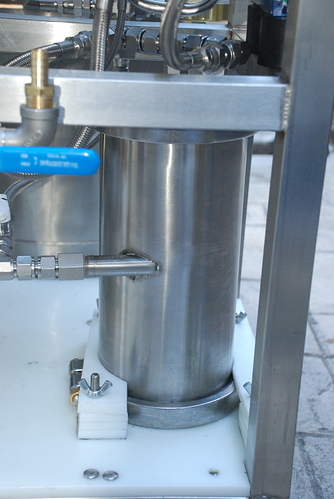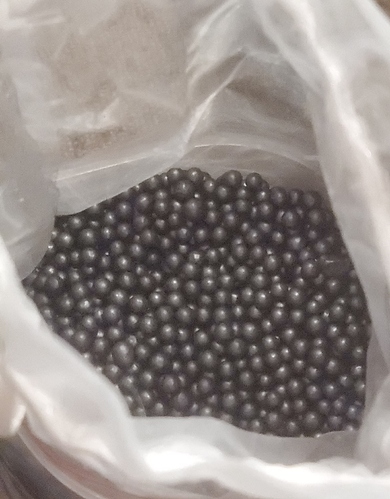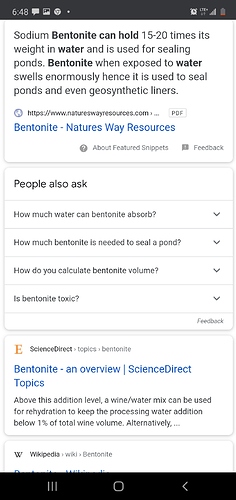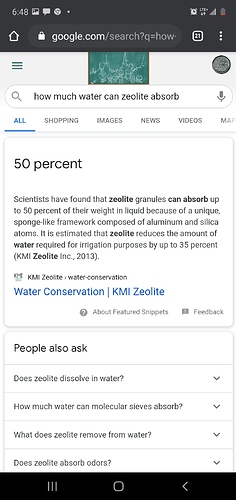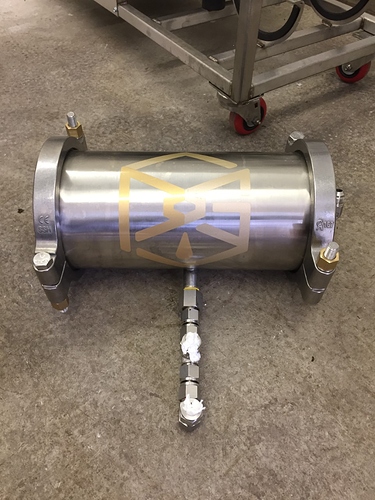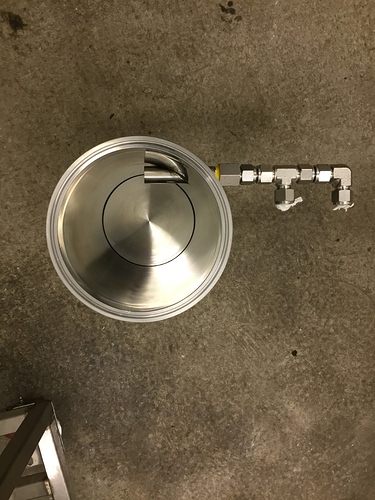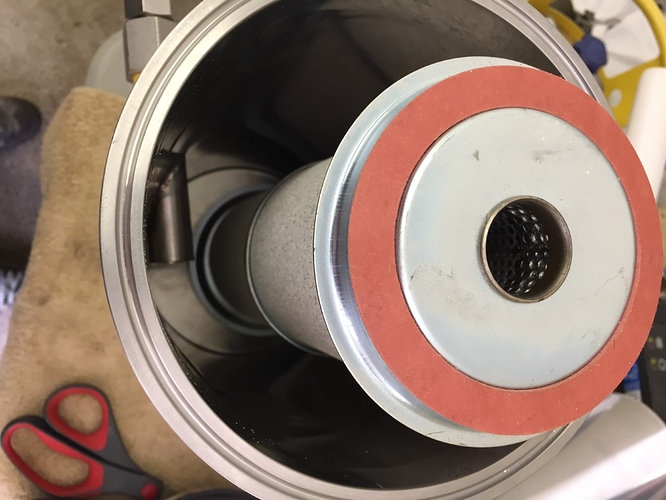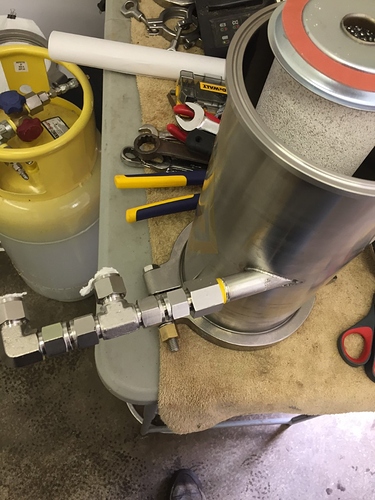Proof is in the pudding I suppose. You’re probably right about the solvent washes and if the ICP-MS says no metals, then there’s no metals. As someone who does a ton of HVAC/R work I just feel like everything that has to do with refrigeration is… dirty. Maybe it’s one of those bad association things ever since I got hosed with POE oil once while taking apart an oil separator that wasn’t supposed to be pressurized lol.
Tbh, I’m surprised there’s not some making those 3a cores to slide into a mol sieve column. That’d be neat actually.
Also, oil to the face is always fun lol
100$ maybe a little more but I still need to buy a vac oven too lol!
Cool, how much would you charge for two of the end caps for 3”? And do you sell other parts aswell?
Killa sells all the parts bro
…whatever u want just ask
I would sieve it to keep the moisture out. That pure isobutane is manufactured and processed to meet a low/no moisture spec. Want to keep it that way for consistency purposes.
I run my sieve every run no matter what
…I considered it a must . Esp whem all the humidity and being cold and all attracting humidity
not to veer completely off topic, after a failed search I thought to ask on a active relevant thread.
Someone not to long ago mentioned a alternative material for moisture removal that was less or free from dust, any idea’s?
I think activated alumina is what your looking for but that certainly has dust
My search skills are failing me, it was probably a month ago. Someone said they were going to try a non zeolite based sieve…
^^ will have to look into the MgSo4
The poster could have mentioned silica gel…
Im thinking @Graywolf s ol solid core sieve housing set up is probably a good solution as well.
@Roguelab once shared some info about zeolites adsorbing goodies and I’ve been meaning to try epsom salt as an alternative to dry our heptane after LLE. I’d love to hear any opinions about why it might not be suitable. Probably being paranoid anyways because water has such low solubility in heptane but I can’t help but think it might improve stability
@Waxplug1 mentioned using silica and carbon instead
He had the plans on ICmag at one point, but I cant find the drawings anymore.
Here is a quote ripped from him on the matter though:
We switched to less dusty and messy refrigeration dual molded #48 zeolite filter drier inserts, inside a stainless case that we make out of sanitary tubes, and install on the input to the pump.
The case has a tangent intake, to minimize direct impingement on the filter inserts. We’ve already gotten feedback regarding pumps saved, despite an operator ooops.
It is also easier to service on the inlet side, because you don’t have to recover it first.
While my cyclone filter drier design is not a part of my current litigation, it is close enough to their version of it, that its probably best if I not share the design details, but I can tell you how to design your own version.
I designed mine based on the Catch All system on page 21 of the following link.
https://www.parker.com/literature/Sporlan/Sporlan%20pdf%20files/Sporlan%20pdf%20040/40-10.pdf
What I did was buy the guts from a Sporlan double RCW-48 filter case, and build my own filter case out of a 6” X 12” sanitary spool.
Here is dirty peecture picture of the outside of the cyclone filter drier that we used on the Mk IVB/VB and subsequent models, showing the intake in the middle of the spool on a tangent so that the input stream doesn’t directly impinge on the filter core and discharge was through the top lid.
I got some carbon beads to try and a few other types otw
Only reason im moving away from zeolite is because when i throw my z beads in the oven they never release as much water as when i bake the clays. The clays seem to hold a massive amount of water. Check this out
You’re still litigating with that bastard?!?
Are there any issues with me sharing details of the dryer?
I don’t have the cyclone dryer or Vaporhawg anymore but I remember the solid cores being much less dusty than beads though still somewhat fragile.
At the very bottom of the cores, under the silver plate, there is spring that provides compression and seals the orange ring to the underside of the lid.
Parker/Sporlan also make housings similar to this that hold 4 of these cores.
These days I don’t run with a dedicated mol sieve in my system and I haven’t looked back.
Can you elaborate? No mol sieve at all? Would love to hear your take on it, as I have seen this debated around here for awhile. (Most members leaning towards using one)
And thanks for the pics of the cyclone dryer! That thing is awesome.
Yup, the litigation goes on.
Yes, that’s my design used on the VaporHawg and the Mk IVB/VB through Mk IVC/VC Terpenator models. I know of no reason you can’t share pictures of your own equipment.
